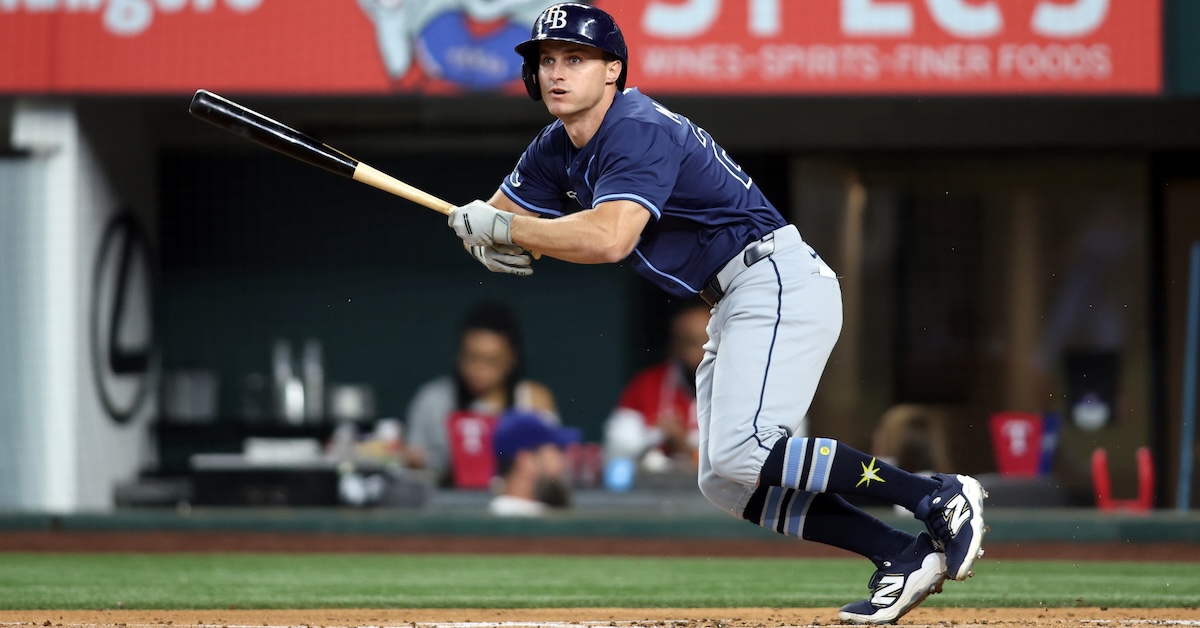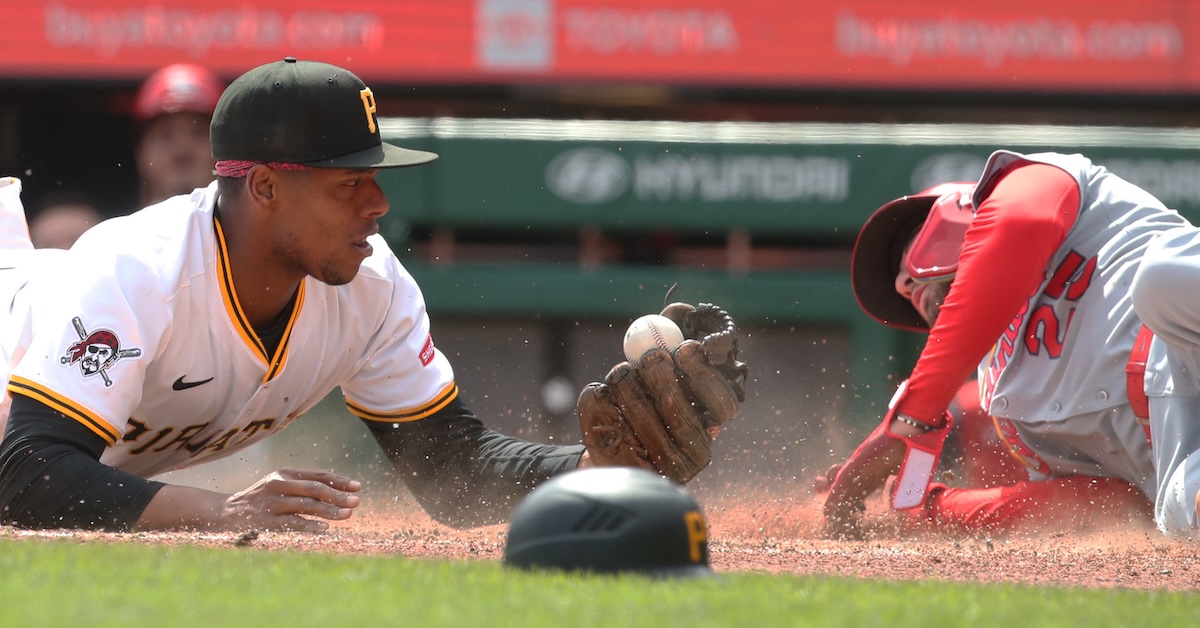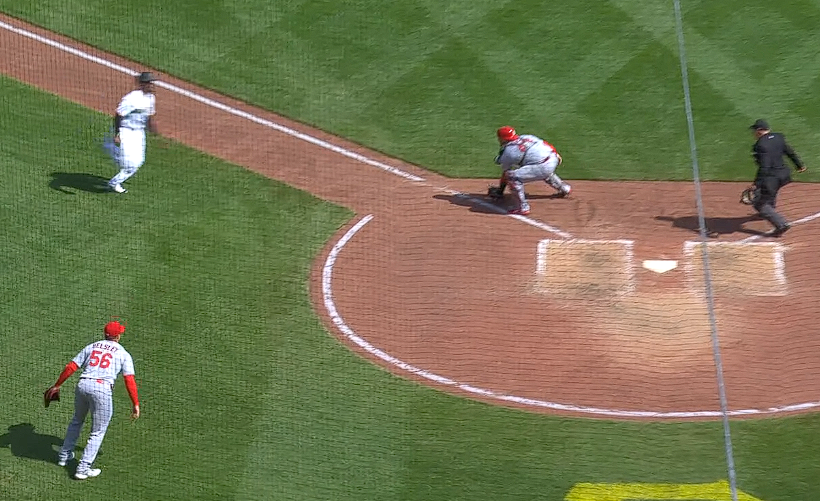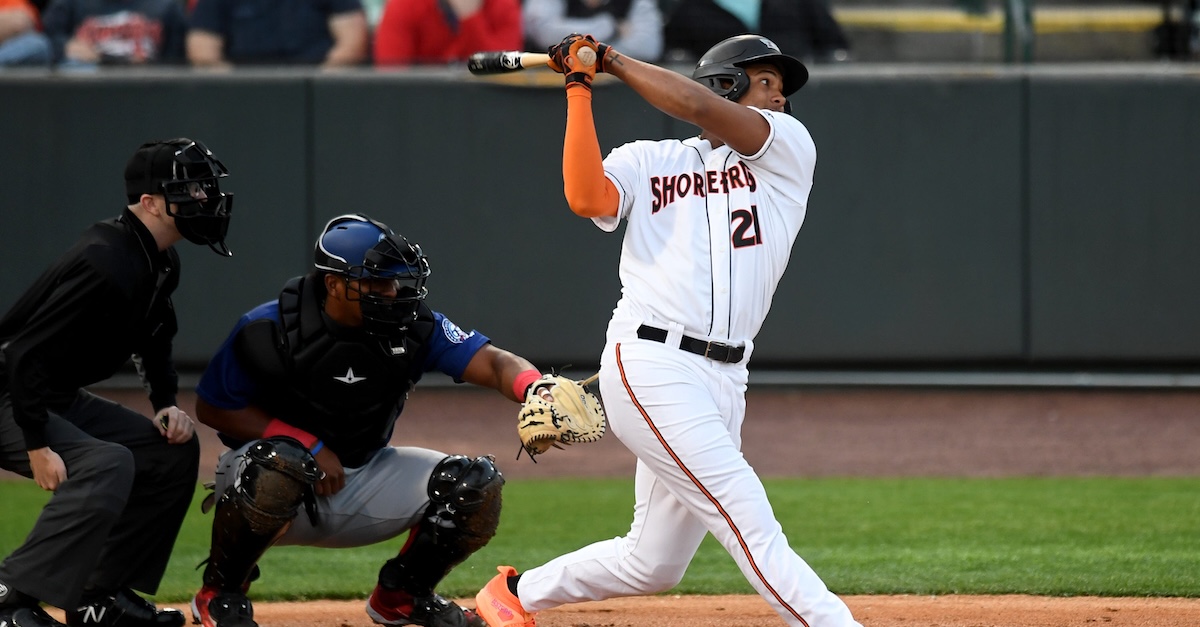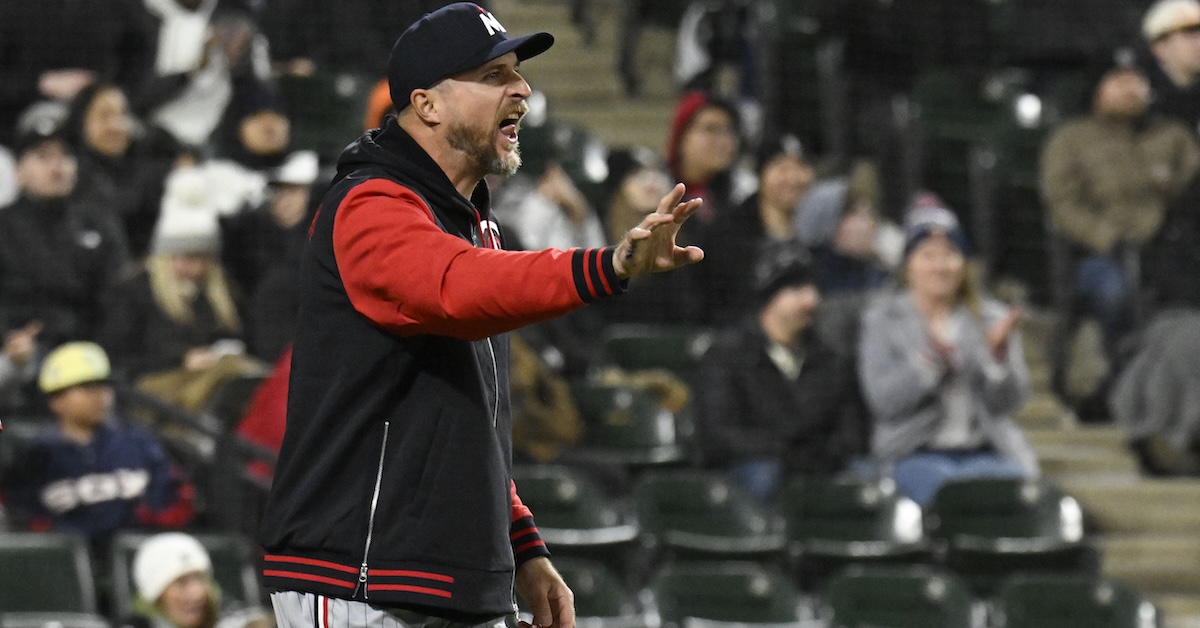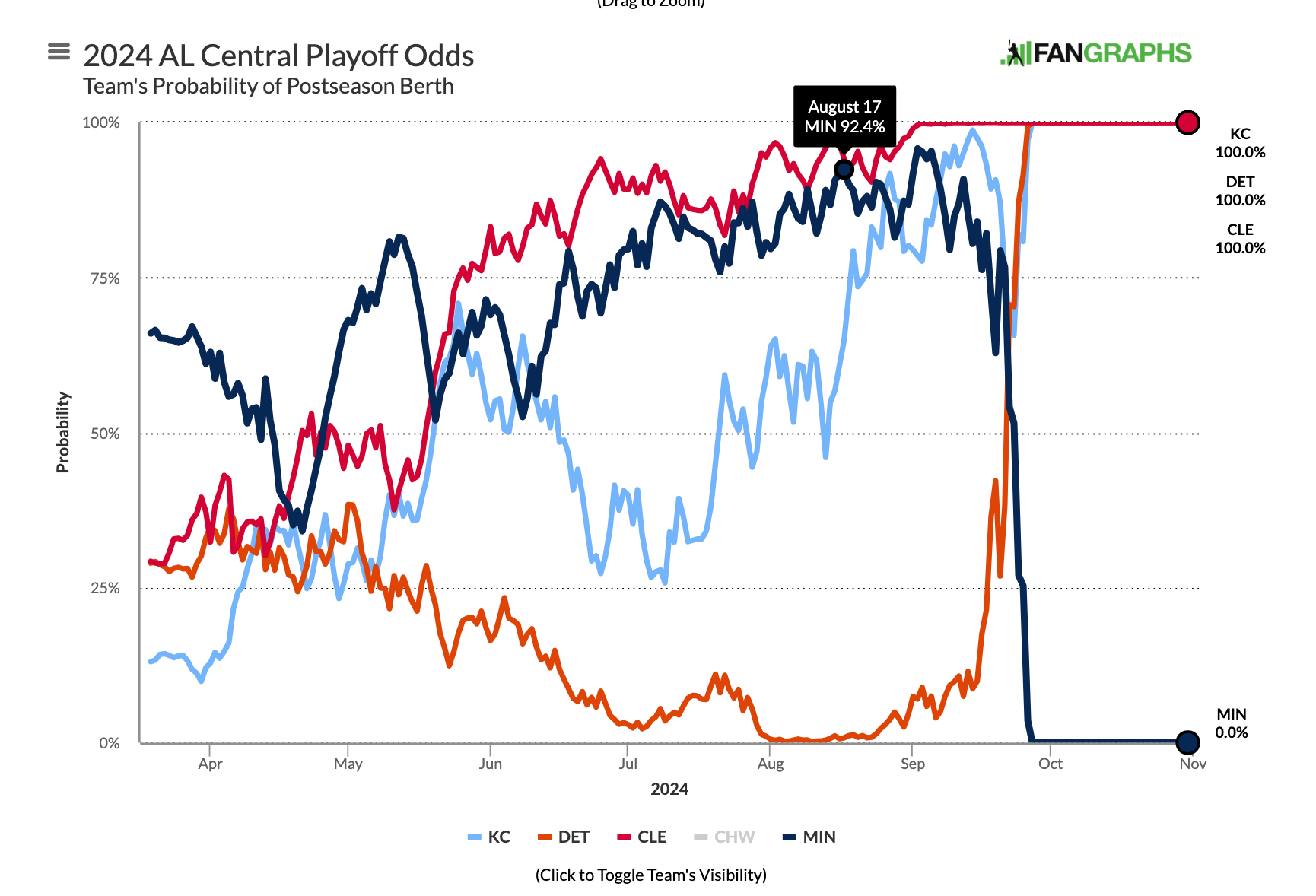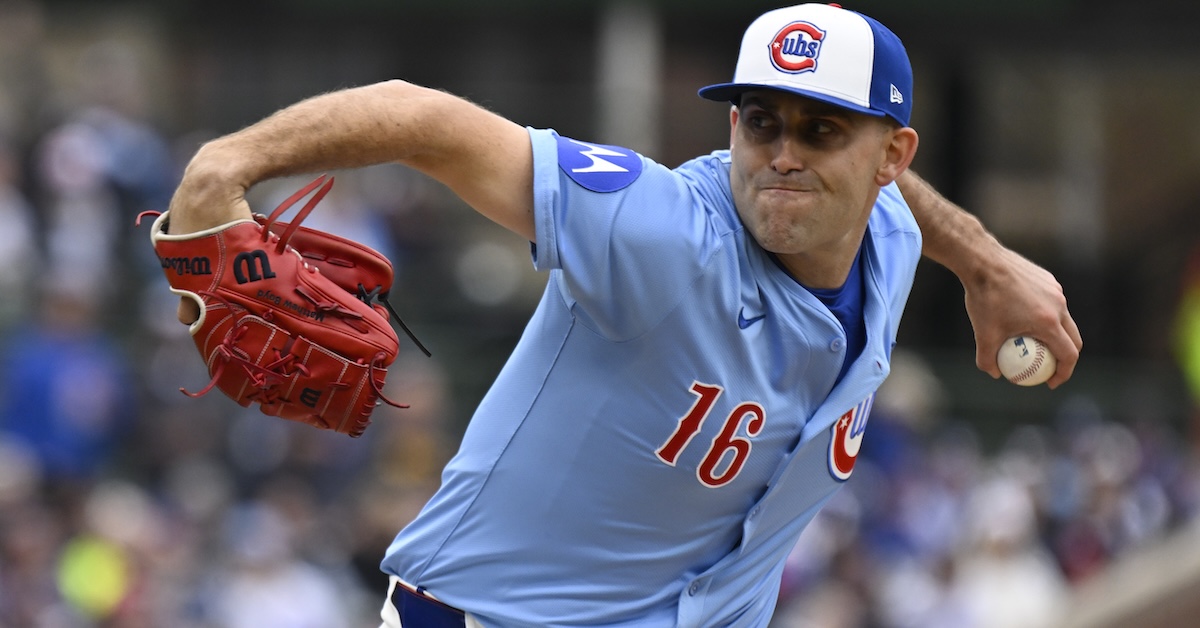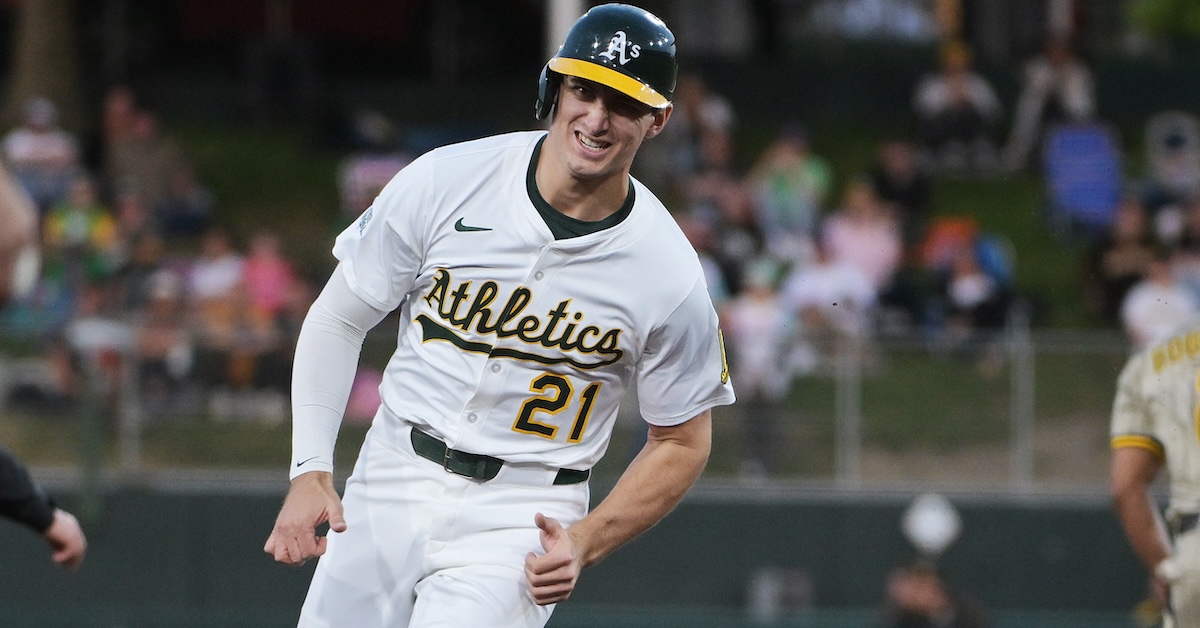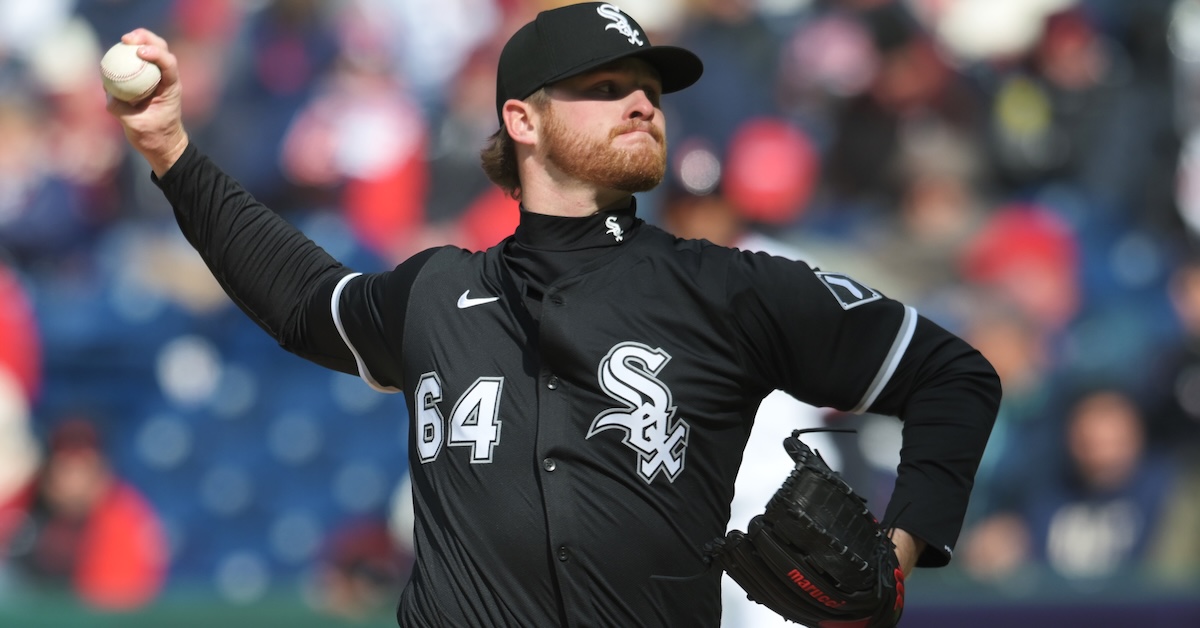Luis Arraez Struck Out
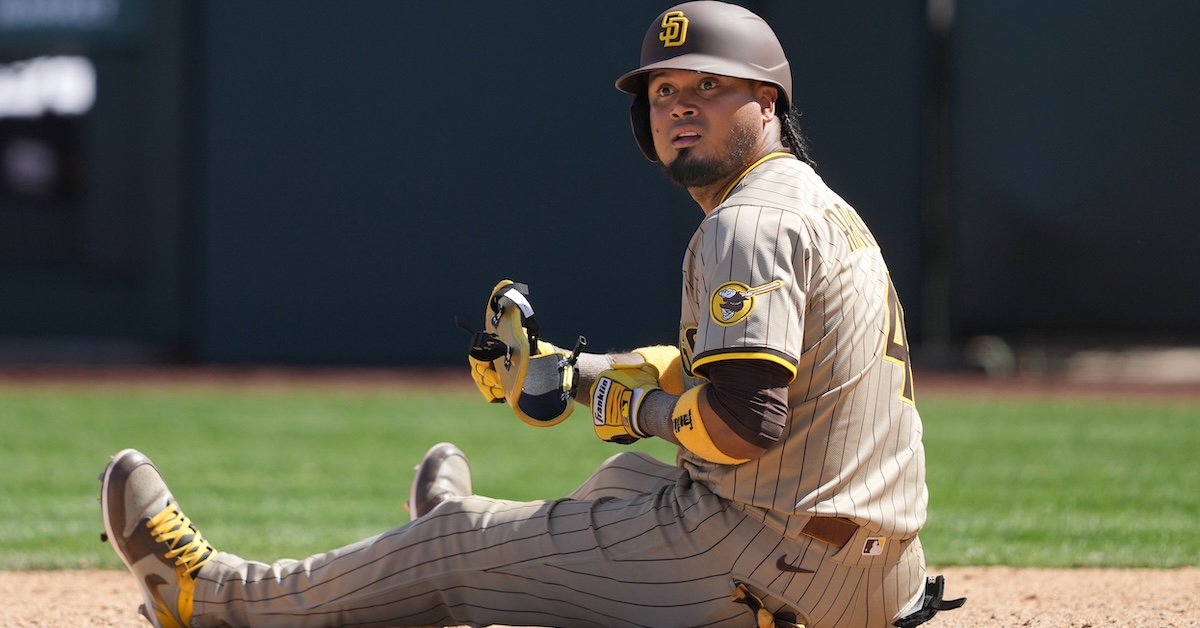
At risk of stating the obvious, Luis Arraez doesn’t strike out often. Since 2022, his first full season and the year he won his first batting title, Arraez has struck out 5.5% of the time. Let me put that into context. As of this morning, the Padres have a 6.0% chance to win the NL West. That means they are more likely to upset the baseball-ruining Dodgers than Arraez is to strike out in any given plate appearance. And that might be underselling his skills. In the second half of 2024, he reduced his strikeout rate even further, going down on strikes just five times over his final 57 games. That included baseball’s first 30-game strikeout-less streak in 20 years. Since the 2024 All-Star break, Arraez has struck out in 1.9% of his trips to the plate. Meanwhile, San Diego’s odds of winning the World Series currently sit at 2.2%. A pessimist might use that comparison to demonstrate that the Padres are long shots; 17 teams have a better chance to win it all. An optimist would counter that every time Arraez strikes out, it’s a reminder that the Padres are still World Series contenders. If that’s the way you see it, well, boy did the Padres get one heck of a reminder on Wednesday afternoon. For the first time all season, Arraez struck out.
It was the top of the ninth. The Padres were up 2-1. The inning began with a base hit by Martín Maldonado. That itself is a rare enough event. No other batter in recorded major league history has taken as many plate appearances as Maldonado (3,888) and has such a low batting average (.204) to show for it. Adding to the unlikelihood of Maldonado’s single, the batted ball had a mere .100 expected batting average, a 1-in-10 chance to be a hit. Yet, third baseman Max Schuemann, who entered the game that inning as a defensive replacement, flubbed the play. The ball slipped right out of his glove. As I watched his ill-fated attempt to retrieve the ball, I couldn’t help but think of my 6-year-old self trying to crossover dribble like Allen Iverson. Neither of us had any control of the ball:
With Maldonado on first, Arraez stepped up to the dish. He was already 0-for-4 with three fly outs, a strange enough day for a player who rarely hits fly balls. Since the day of his debut in 2019, Arraez has taken 2,916 plate appearances. Thirty-nine others have taken as many or more plate appearances in that time. None of them has a lower fly ball rate. But I’m getting off track. We aren’t here to talk about fly balls.
The pitcher on the mound was Justin Sterner, who somehow isn’t the A’s player with the closest-sounding name to a current or former Dodgers third baseman. Sterner, an offseason waiver claim from the Rays, has looked sharp so far in seven games for his new team. He entered this contest with nine strikeouts through his first six appearances. His 10th would be his most impressive yet. Arraez took Sterner’s first pitch, an 88-mph cutter on the upper-inside corner, for a strike. The count was 0-1:
Pitch number two was a 94-mph fastball that Arraez sent straight back into the crotch of catcher Shea Langeliers:
Is it funny when a man gets hit in the family jewels? I’ll let you decide for yourself. What I like so much about this moment isn’t the slapstick, but rather the subtle humor of how awkwardly Arraez behaves in the aftermath. One of my favorite bits from the little-known television comedy Friends is the scene where Ross picks up a lamp. That’s the first thing I thought of when I saw Arraez pick up that baseball. Why was his first instinct to pick up the ball as quickly as possible? I’m truly not sure. Was he worried someone would trip on it? Was he trying to hide the weapon? Or did he simply feel a need to do something, and picking up the ball was the first idea that popped into his head? He’s like a well-meaning but clueless husband trying to offer support while his wife is in labor. But instead of running for ice chips, he decided to pick up a baseball.
Arraez’s next move made more sense, as he went to pat Langeliers on the back. However, the consequences of his earlier actions soon returned to haunt him. He was still holding that damn baseball:
It became something of a dance for Arraez, who went back and forth between comforting Langeliers and dealing with the ball. It’s funny to watch because we’ve all been in that position before, facing a situation where we feel like we should help but there really isn’t much we can do. It’s even funnier in juxtaposition to the physical comedy of a man getting bopped in the beans. It’s certainly funnier than the A’s TV broadcaster suggesting they call the catcher “Shea Pain-geliers,” though perhaps not quite as funny as the Padres announcer blurting out, “They call him Langy!” in response to absolutely nothing (unless he was listening to the A’s broadcast). He just seemed to be reading the name plate on Langeliers’ chest protector because, much like Arraez, he wasn’t sure what else to do.
The third pitch of the at-bat was an 81-mph sweeper in the dirt. It never came close to Arraez, and indeed, he watched it bounce. Yet, seemingly still spooked by what happened on the previous pitch, he made a delayed effort to avoid getting hit. Maybe Arraez thought the ball was going to bounce off Langeliers and hit him in an act of swift poetic justice. That would explain why he shielded his face with his hand as he spun almost 360 degrees to avoid a projectile that did not come anywhere close to his body:
At long last, you’re all caught up on the series of incidents that set the stage for the strikeout. With a 1-2 count, Sterner threw another inside cutter, much like the first pitch of the at-bat. This time, however, he missed his spot badly:
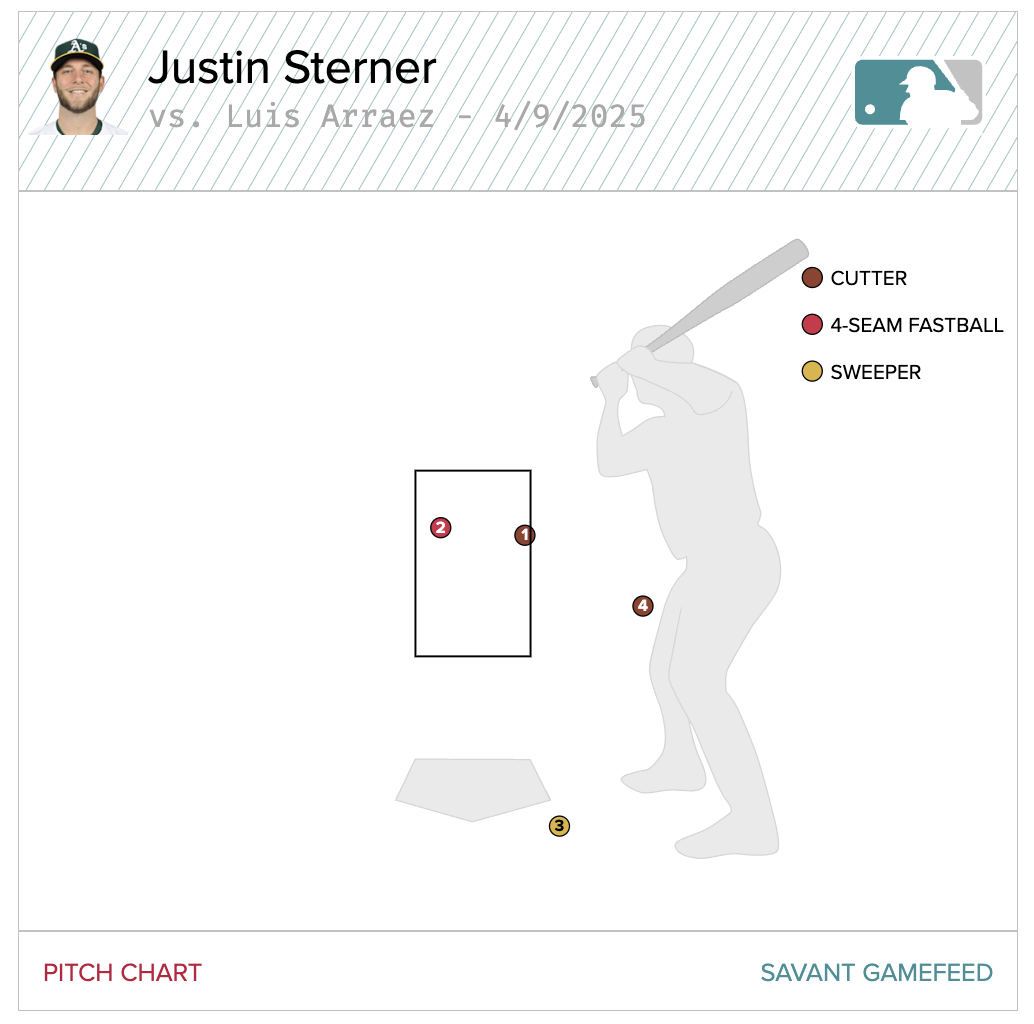
The pitch hit Arraez squarely on his left thigh. Home plate umpire James Hoye called it strike three. The call was correct:
Indeed, there wasn’t anything controversial about it. Even as Arraez stood up and started walking to first base, and even when Mike Shildt came out to discuss the call, I don’t believe either was strong in his convictions. Simply put, it wasn’t close. This wasn’t a case of a batter accidentally bringing his bat around as he tried to avoid a missile hurtling toward him. Arraez began his swing with intention and didn’t even start to pull it back until the ball had already made contact with his body. Some umpires might be holding a grudge against Arraez for disparaging comments he made in spring training, but that’s not what this was. This was a strike:
Throughout his career, Arraez has only swung and missed at 16 of the 930 (1.7%) pitches he’s seen in the waste zone (per Statcast). That’s one-third of the league-average rate. Of the 257 batters who have seen at least 500 waste zone pitches since 2019, only five have a lower swing-and-miss rate than Arraez. It’s not often you’ll see him fail to make contact so miserably. In fact, having watched all 16 of his waste-zone whiffs, I could argue this was the single worst swing decision (category: context neutral) of his career.
Perhaps there was something in the air in Sacramento that day. After all, Maldonado got a hit, and Arraez did not. If that’s not a sign of the apocalypse, I don’t know what is. Supernatural or not, this strange, funny, and painful sequence of events that finally led to Arraez’s first strikeout is exactly why I love writing about baseball.
Oh, and did I mention it was his birthday?


